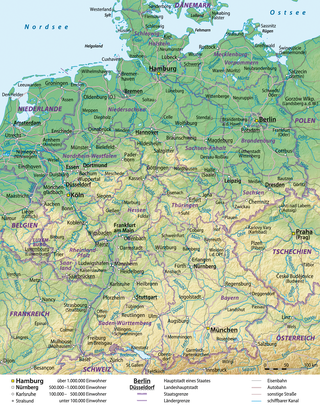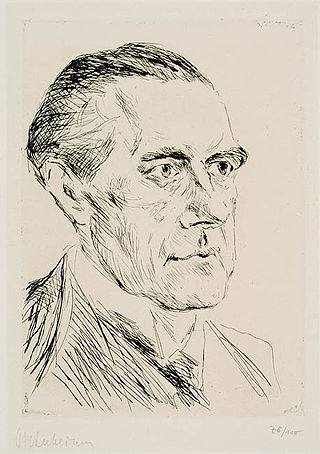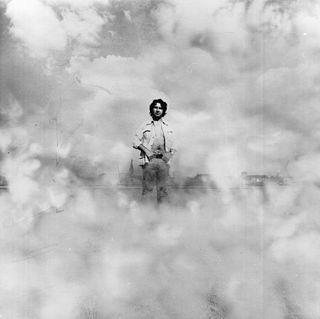Contents
This article has multiple issues. Please help improve it or discuss these issues on the talk page . (Learn how and when to remove these template messages)
|

This is a list of notable hotels in Germany .
This article has multiple issues. Please help improve it or discuss these issues on the talk page . (Learn how and when to remove these template messages)
|

This is a list of notable hotels in Germany .

A hotel is an establishment that provides paid lodging on a short-term basis. Facilities provided inside a hotel room may range from a modest-quality mattress in a small room to large suites with bigger, higher-quality beds, a dresser, a refrigerator, and other kitchen facilities, upholstered chairs, a flat-screen television, and en-suite bathrooms. Small, lower-priced hotels may offer only the most basic guest services and facilities. Larger, higher-priced hotels may provide additional guest facilities such as a swimming pool, a business center with computers, printers, and other office equipment, childcare, conference and event facilities, tennis or basketball courts, gymnasium, restaurants, day spa, and social function services. Hotel rooms are usually numbered to allow guests to identify their room. Some boutique, high-end hotels have custom decorated rooms. Some hotels offer meals as part of a room and board arrangement. In Japan, capsule hotels provide a tiny room suitable only for sleeping and shared bathroom facilities.

Düsseldorf is the capital city of North Rhine-Westphalia, the most populous state of Germany. It is the second-largest city in the state after Cologne, and the seventh-largest city in Germany, with a population of 619,477.

Die Toten Hosen are a German punk rock band from Düsseldorf. The name is taken from the German slang idiom tote Hose, which means "nothing happening"; "boring".

Germany is the eighth-most-visited country in the world, with a total of 407.26 million overnights during 2012. This number includes 68.83 million nights by foreign visitors, the majority of foreign tourists in 2009 coming from the Netherlands, the United Kingdom, and Switzerland. Additionally, more than 30% of Germans spend their holiday in their own country. According to Travel and Tourism Competitiveness Reports, Germany is ranked 3 out of 136 countries in the 2017 report, and is rated as one of the safest travel destinations worldwide.

Peter Behrens was a leading German architect, graphic and industrial designer, best known for his early pioneering AEG Turbine Hall in Berlin in 1909. He had a long career, designing objects, typefaces, and important buildings in a range of styles from the 1900s to the 1930s. He was a foundation member of the German Werkbund in 1907, when he also began designing for AEG, pioneered corporate design, graphic design, producing typefaces, objects, and buildings for the company. In the next few years, he became a successful architect, a leader of the rationalist / classical German Reform Movement of the 1910s. After WW1 he turned to Brick Expressionism, designing the remarkable Hoechst Administration Building outside Frankfurt, and from the mid-1920s increasingly to New Objectivity. He was also an educator, heading the architecture school at Academy of Fine Arts Vienna from 1922 to 1936. As a well known architect he produced design across Germany, in other European countries, Russia and England. Several of the leading names of European modernism worked for him when they were starting out in the 1910s, including Ludwig Mies van der Rohe, Le Corbusier and Walter Gropius.

Königstein im Taunus is a health spa and lies on the thickly wooded slopes of the Taunus in Hesse, Germany. The town is part of the Frankfurt Rhein-Main urban area. Owing to its advantageous location for both scenery and transport on the edge of the Frankfurt Rhine Main Region, Königstein is a favourite residential town. Neighbouring places are Kronberg im Taunus, Glashütten, Schwalbach am Taunus, Bad Soden am Taunus and Kelkheim.

Aribert Reimann is a German composer, pianist and accompanist, known especially for his literary operas. His version of Shakespeare's King Lear, the opera Lear, was written at the suggestion of Dietrich Fischer-Dieskau, who sang the title role. His opera Medea after Grillparzer's play premiered in 2010 at the Vienna State Opera. He was a professor of contemporary Lied in Hamburg and Berlin. In 2011, he was awarded the Ernst von Siemens Music Prize for his life's work.
Kammersänger (male) or Kammersängerin (female) is a German honorific title for distinguished singers of opera and classical music. It literally means "chamber singer". Historically, the title was bestowed by princes or kings, when it was styled Hofkammersänger(in), where hof refers to the royal court.

Gotthard Graubner was a German painter, born in Erlbach, in Saxony, Germany.

Stefan Szczesny is a German painter, draughtsman, and sculptor. He is best known for co-founding the Neue Wilde movement in the early 1980s.

Julius Gustav Neubronner was a German apothecary, inventor, company founder, and a pioneer of amateur photography and film. He was part of a dynasty of apothecaries in Kronberg im Taunus. Neubronner was court apothecary to Kaiserin Friedrich, invented the pigeon photographer method for aerial photography, was one of the first film amateurs in Germany, and founded a factory for adhesive tapes. After his death, the company was directed for 70 years by his son Carl Neubronner.

Hans-Jürgen Schult, known professionally as HA Schult, is a German installation, happening and conceptual artist known primarily for his object and performance art and more specifically his work with garbage. He is one of the first artists to deal with the world's ecological imbalance in his work and has therefore been called an "eco-art pioneer". His best known works include the touring work, Trash People, which exhibited on all continents, and the Save The Beach hotel, a building made of garbage.

Interhotel was an East German chain of luxury hotels. It was founded in 1965 as a chain.
The following is a timeline of the history of Düsseldorf, Germany.
Autograph Collection is a group of independent upper-upscale to luxury hotels within the Marriott International portfolio. The properties are independently owned and operated under the Autograph Collection name.

Wiebke Siem is a German mixed media artist of German and Polish heritage, winner of the prestigious Goslarer Kaiserring in 2014 as "one of the most innovative and original artists who has never compromised in their art and whose sculptures have a tremendous aura and presence because they mix the familiar and the unfamiliar, the known and the unknown".

Martin Rendel is a German cultural manager and university professor. Innovation through intercultural and interdisciplinary cooperation is the main focus of his work.

Helmut Hentrich was a German architect who became particularly known for his striking high-rise buildings in the 1960s and 1970s. The architectural firm he founded, Hentrich, Petschnigg und Partner (HPP), still exists under the name HPP Architekten.